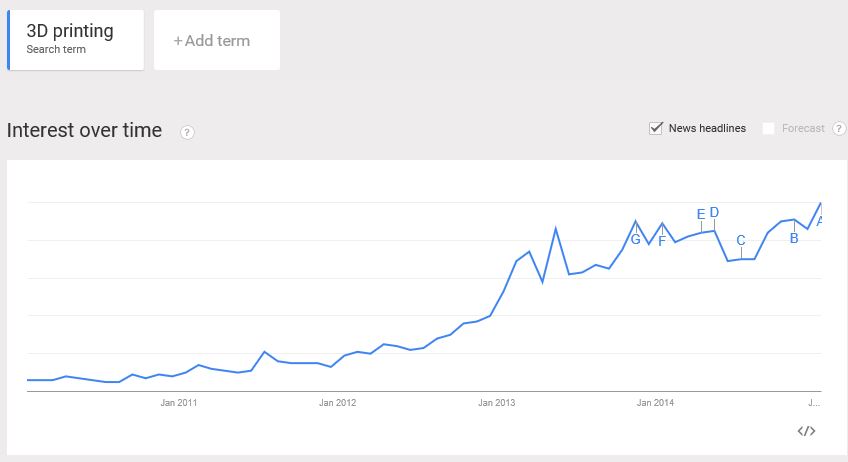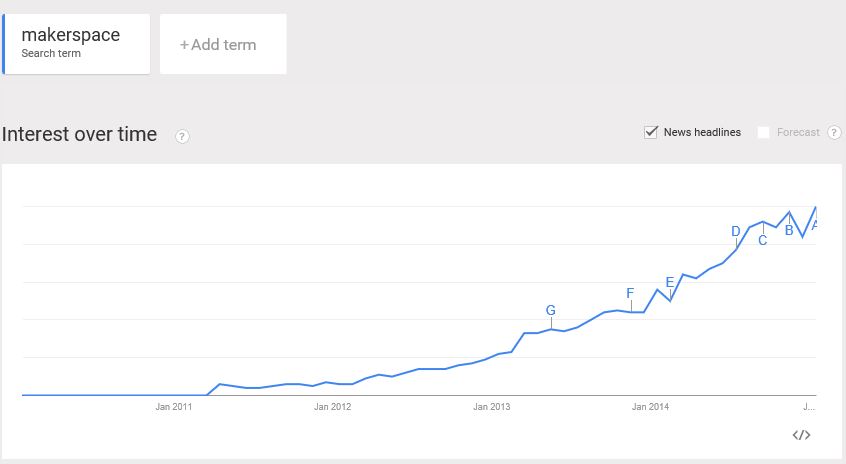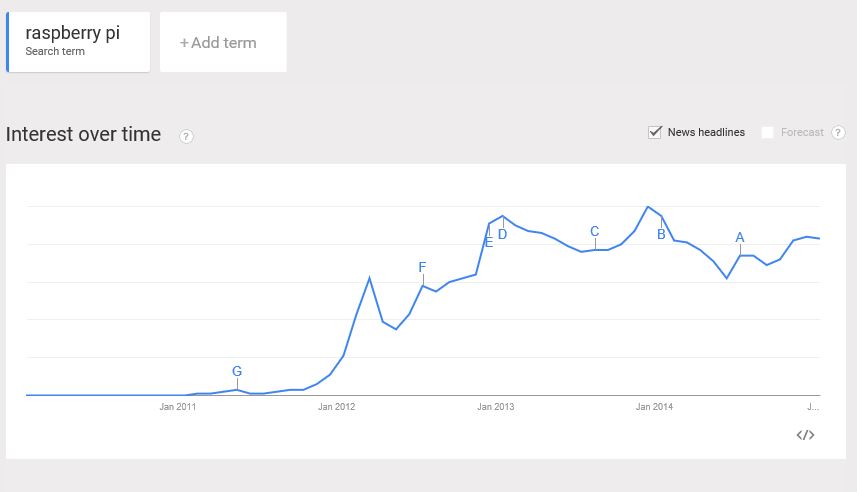We interact with the world even when we don’t realize it.
The act of breathing changes the chemical composition of the air in our immediate vicinity. Standing in the sun casts a shadow – the area in the darkness gets momentarily deprived of light. Jump up and down and the floor vibrates. Walk in a crowd and other people magically move out of the way (hopefully 😉 ). We tell people we love them (or we don’t) and they respond on an emotional level causing chemical and electrical processes to be initiated in their bodies and in ours.
Go to any Home Depot or Lowes, and there are countless switches, knobs, buttons, sliders and more, that are used to foster interaction with the world around us.
Unfortunately, we’ve gotten so used to these mechanisms of interaction that we think these are the only ways to interact. We call them switches, knobs, buttons, etc., but we no longer call them what they really are:
Controllers.
Interact with something and it controls something.
To the extent we can measure how the world reacts to our interactions, we can use those measurements to control other things.
Everything has the potential to be a controller.
Some Gamers have taken this truism to an extreme by using objects as diverse as fishing reels to bananas to LED strips to control the games they’re playing.
This video shows the bananas in use.
What can we use as controllers in the game we all play: Life?
It’s important that we suspend all judgement of what makes a good controller, at least in the beginning. It’s important that we play, that we experiment. After all, controllers are used in games.
In our increasingly connected world, the Internet of Things enables controlling systems in unimaginable ways.
The controllers of the future don’t need to have an obvious relationship to the things we want to control (bananas?!). We only have to design the means for interpreting our interactions with controllers and sending that information to whatever it is we want to control.
That’s my challenge to you.
Start seeing the everything in the world as a potential controller. Get wild with your ideas. Think of it as a game, have fun!
Radical innovation may only be a banana away!
***If you’d like to learn more and want to structure a class on alternate controllers, take a look at this paper from the folks at the Rochester Institute of Technology who had a class in building alternative game controllers.











